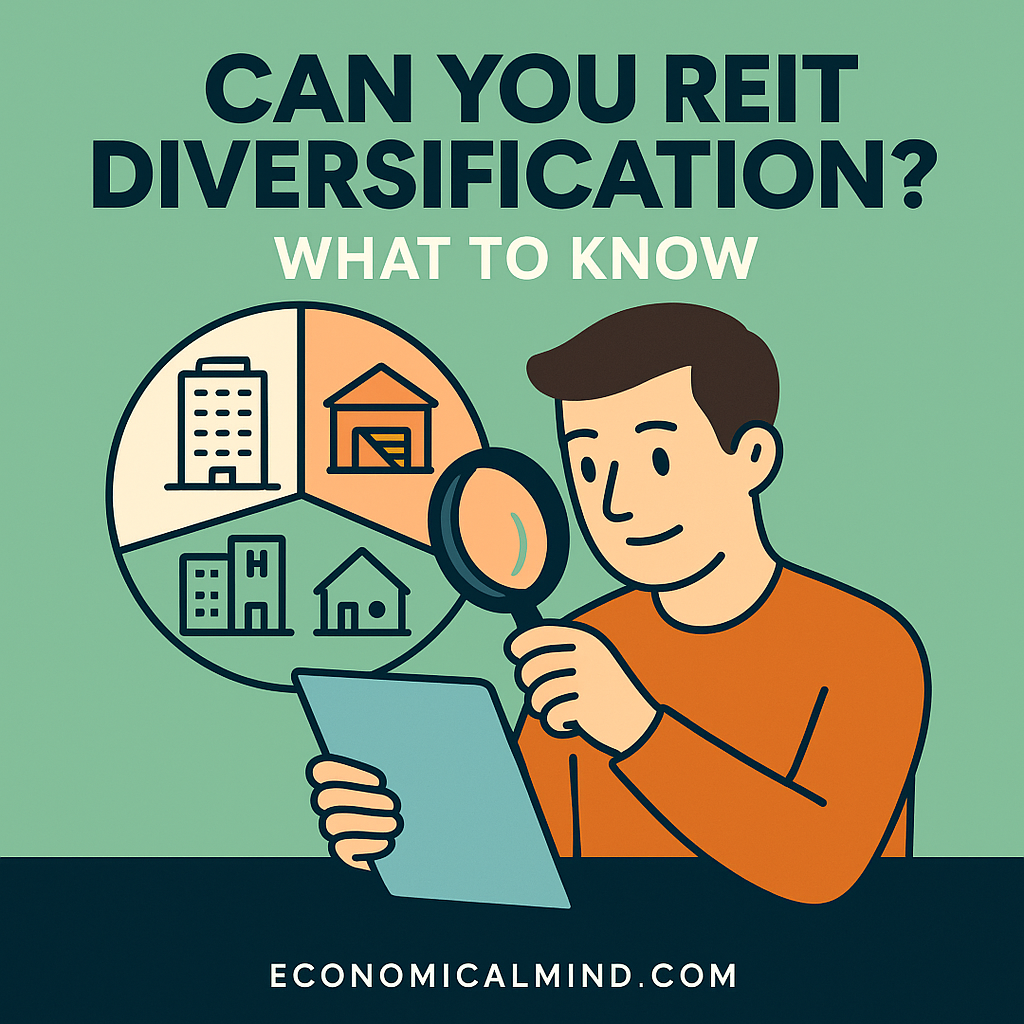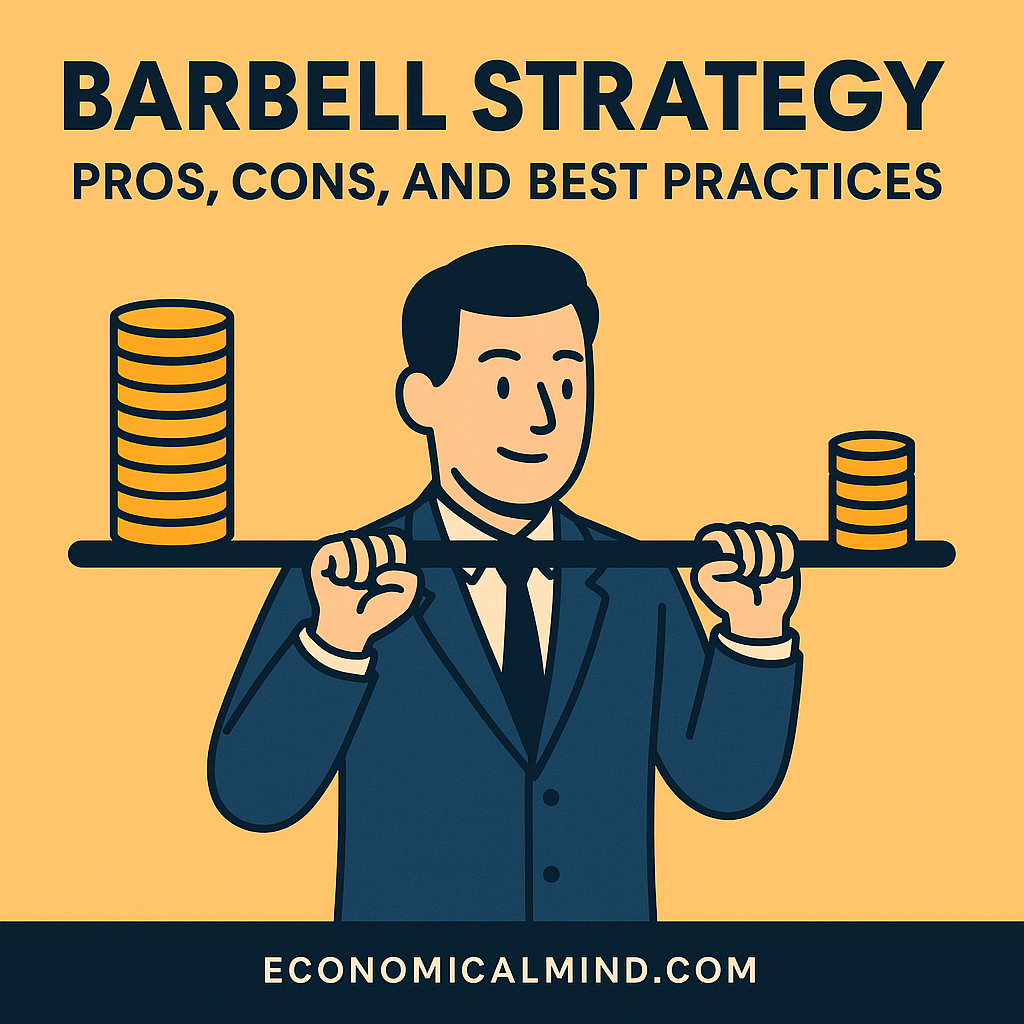
Real Estate Investment Trusts (REITs) make it possible to invest in real estate without buying physical property. But to truly benefit from them, you need to understand REIT diversification — how spreading investments across sectors, regions, and types of properties can help you reduce risk and build steady returns.
Continue reading “Can You REIT Diversification? What to Know”







